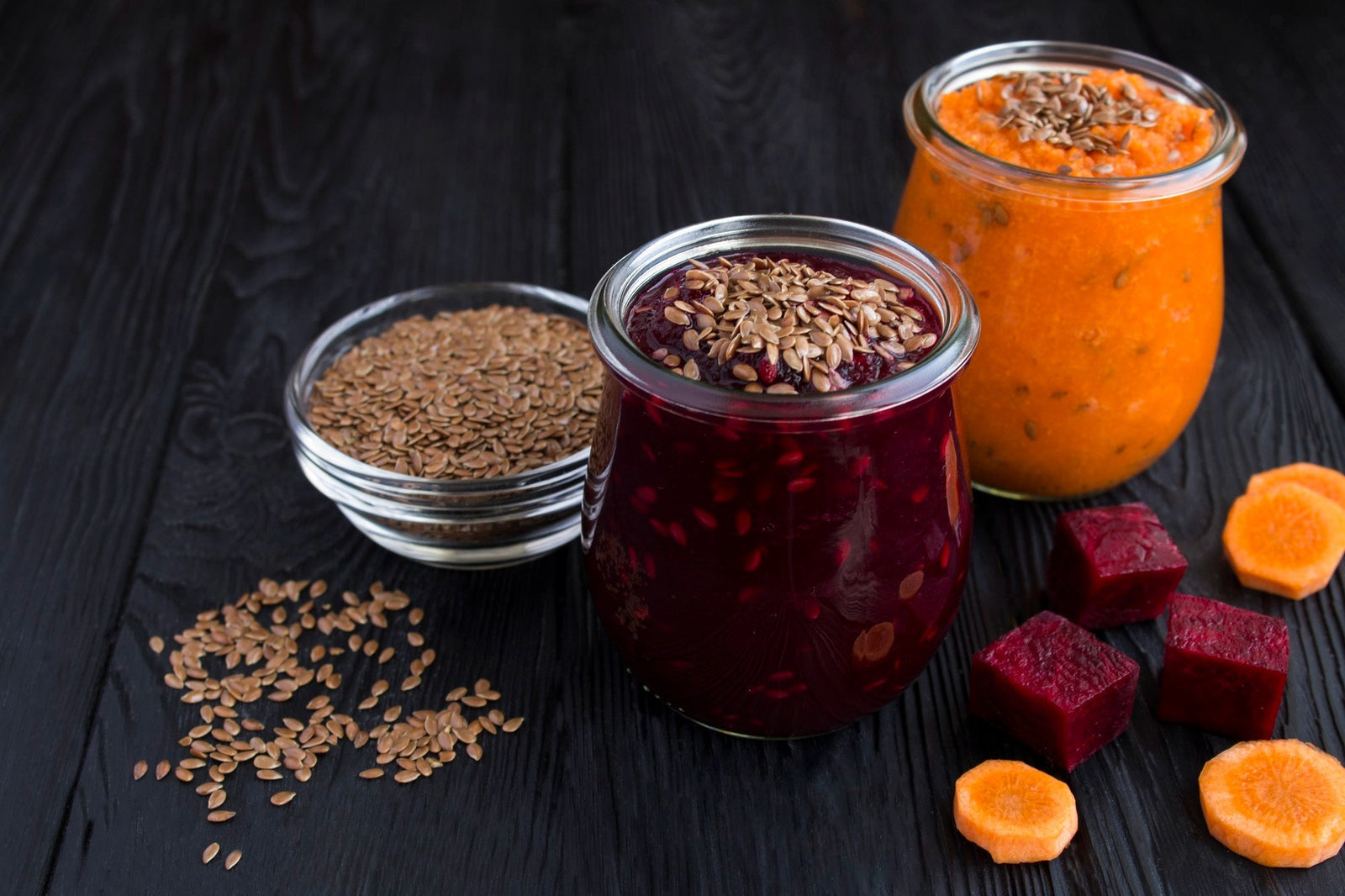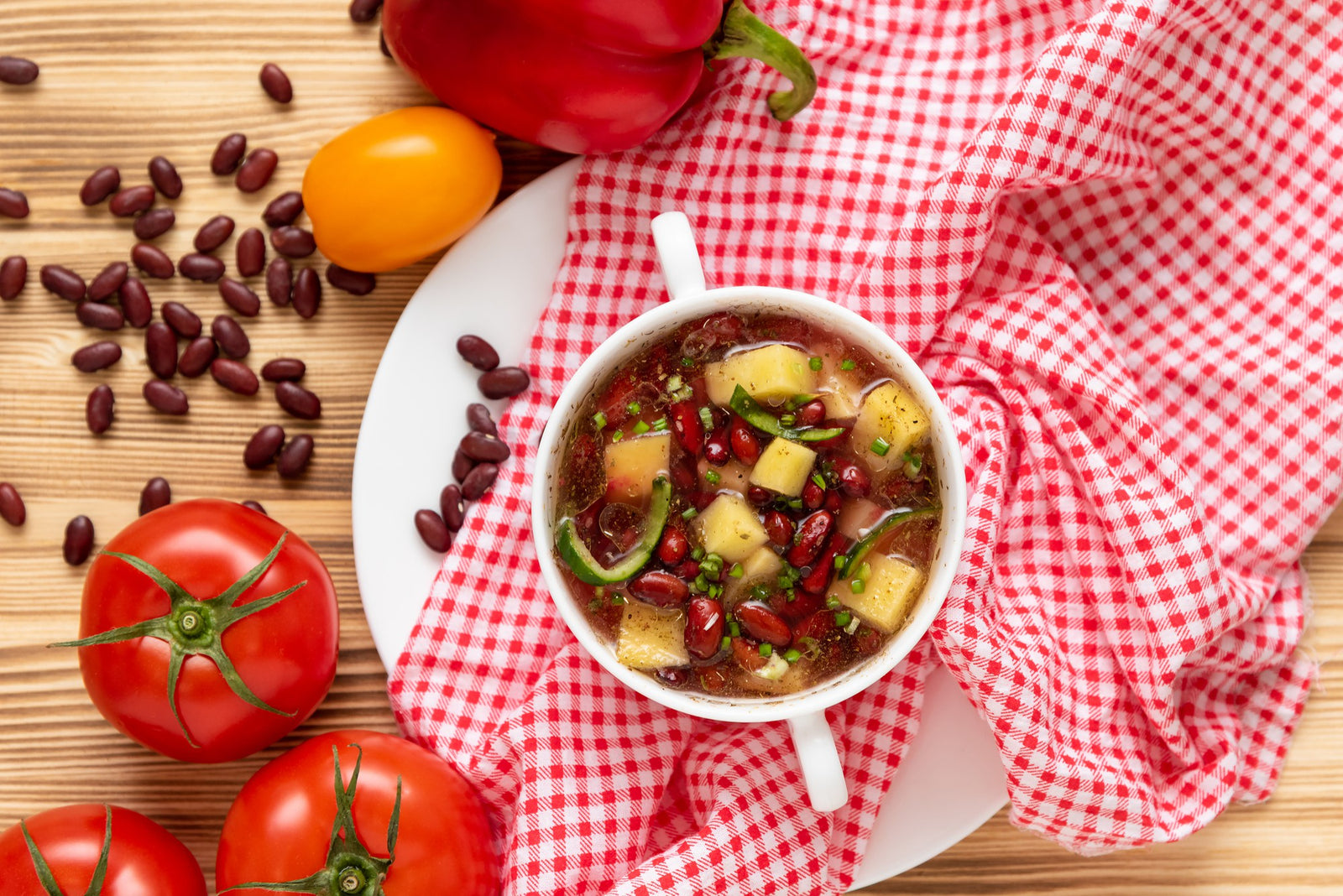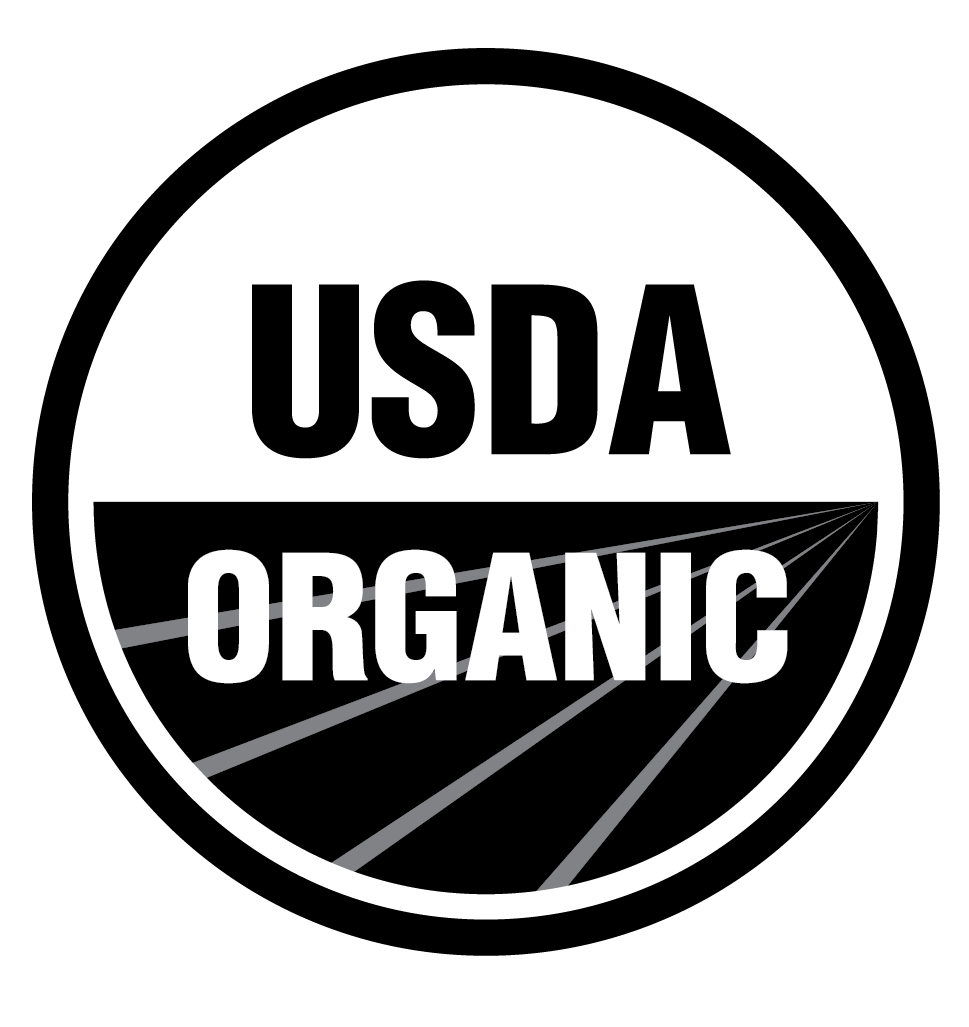
May 01, 2024 3 min read
In the world of sweeteners, sugar is a staple. But not all sugars are created equal. Two of the most common types found in kitchens and food products across the globe are cane sugar and beet sugar. While they may taste and look similar, there are subtle differences that can have significant impacts, particularly in cooking, baking, and processing, as well as environmental and economic realms. This article explores these differences and sheds light on why they matter.

Cane Sugar: Cane sugar is derived from the sugarcane plant, a tall grass that thrives in tropical climates. The process of making cane sugar involves cutting the cane, extracting the juice, and then heating it to form crystals. This juice is clarified, concentrated, and repeatedly crystallized to produce different grades of sugar.
Beet Sugar: Beet sugar comes from the sugar beet plant, which grows predominantly in the cooler temperate climates of the northern hemisphere. The production process for beet sugar is more mechanical: the beets are harvested, sliced, and then put through a diffuser to extract the sugar-rich juice. Like cane sugar, the juice is purified and crystallized, but the overall process is generally more efficient and less labor-intensive.
Chemically, both cane sugar and beet sugar are composed of sucrose, and they are both 99.95% pure sucrose. The remaining 0.05% contains trace minerals and compounds, which can vary between the two types of sugar. These minute differences can affect the taste slightly. Cane sugar often retains more of a molasses flavor, especially in less processed forms like raw or turbinado sugar. Beet sugar, on the other hand, usually has a more neutral taste, making it less distinct in flavor profiles.
For most culinary purposes, cane and beet sugars are interchangeable. They offer the same level of sweetness and, in their refined form, similar melting points and crystallization behaviors. However, some bakers and chefs prefer cane sugar for certain recipes, particularly for caramelization and fermentation processes, where they believe it provides superior flavor and texture. Beet sugar can sometimes behave differently under these specific conditions, potentially affecting the outcomes of sensitive recipes.

The environmental impact of producing each type of sugar is distinctly different. Sugarcane production is often criticized for its use of large amounts of water and its impact on local ecosystems, including deforestation in some developing regions. Conversely, sugar beet crops can be rotated with other crops, improving soil health and reducing the need for fallow fields. However, sugar beets are typically grown in areas where genetically modified crops are common, which raises concerns for some consumers and environmentalists.
Economically, the production of beet sugar is often more cost-effective due to the mechanical nature of its extraction and the ability to grow it in temperate climates, which can be closer to major consumer markets in North America and Europe. This reduces transportation costs and the carbon footprint associated with distribution. Sugarcane, being a tropical crop, often requires longer transportation routes and thus can be more expensive and environmentally taxing to distribute.
Understanding the differences between cane sugar and beet sugar is important not just for culinary reasons but also for environmental and economic considerations. Consumers increasingly demand transparency about where their food comes from and its impact on the planet. The choice between cane and beet sugar is more than just a preference for taste or texture; it's about making informed decisions that align with personal and societal values regarding sustainability and health.
As the demand for sustainable and ethically produced food grows, the distinction between these two types of sugar becomes more relevant. Whether it's a choice made in a bakery, by a large food producer, or by consumers in the grocery aisle, each decision contributes to broader impacts on health, the environment, and economies around the world.
Related Blogs:
Try our Tasty Organic Recipes ❤
Comments will be approved before showing up.

January 27, 2025 3 min read
Flaxseed, the tiny yet powerful superfood, is packed with nutrients that can support weight loss. From curbing hunger to stabilizing blood sugar, this guide dives into the science of how flaxseed can help you shed those extra pounds.

December 11, 2024 3 min read
Discover three quick and easy soup recipes featuring organic small red beans. From a classic vegetable soup to a creamy potato blend, these wholesome recipes are perfect for chilly days and busy weeknights. Packed with flavor and nutrition, these soups will warm your heart and soul this winter!

December 06, 2024 3 min read
This vibrant and nutritious Green Lentil Salad combines tender lentils with grilled chicken, fresh vegetables, and a zesty lemon dressing. Packed with protein, fiber, and essential vitamins, it’s the perfect healthy meal for any time of day.
© 2025 Be Still Farms- Real, Fine Organics.
Privacy | Terms | Refund Policy | Organic Certification
